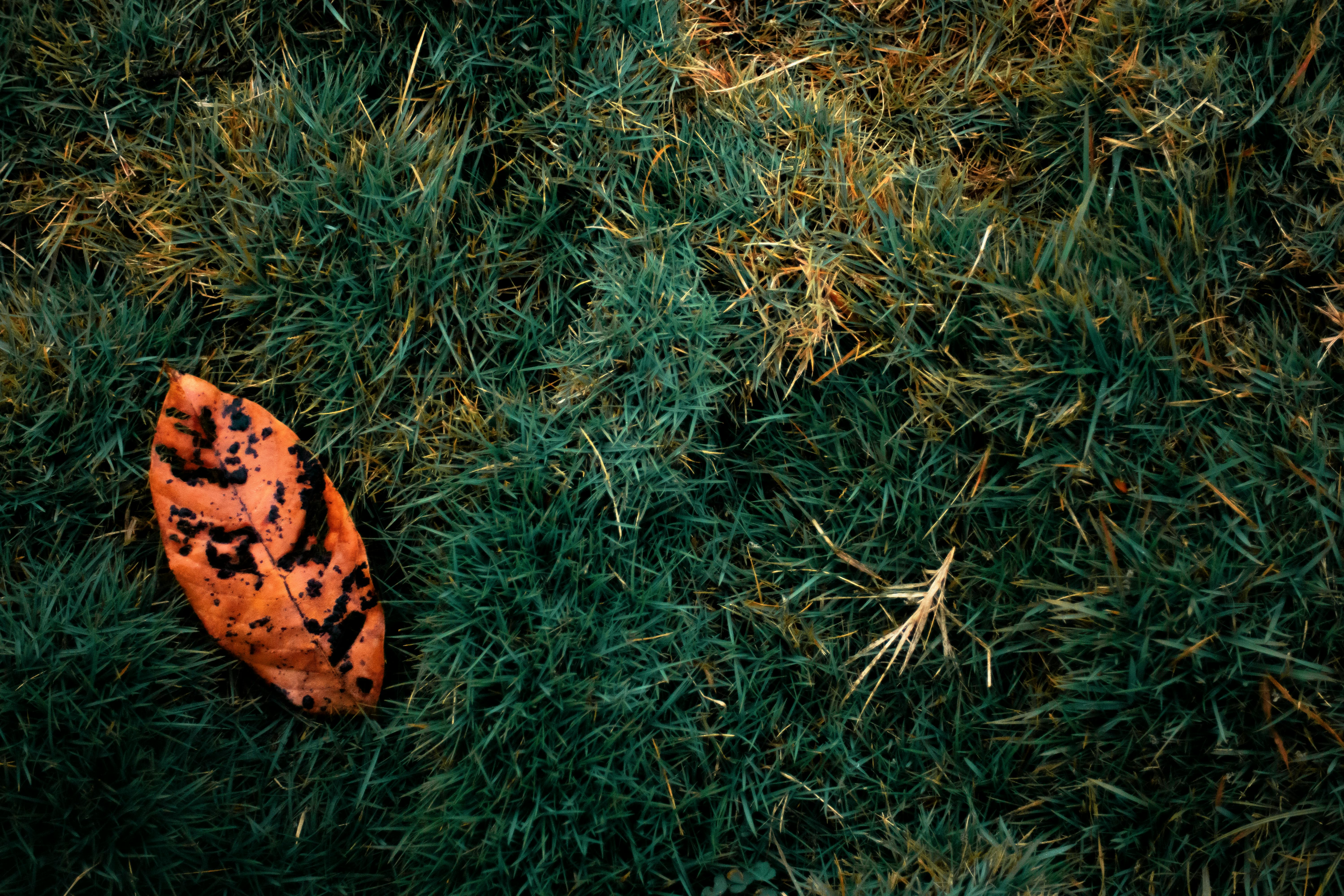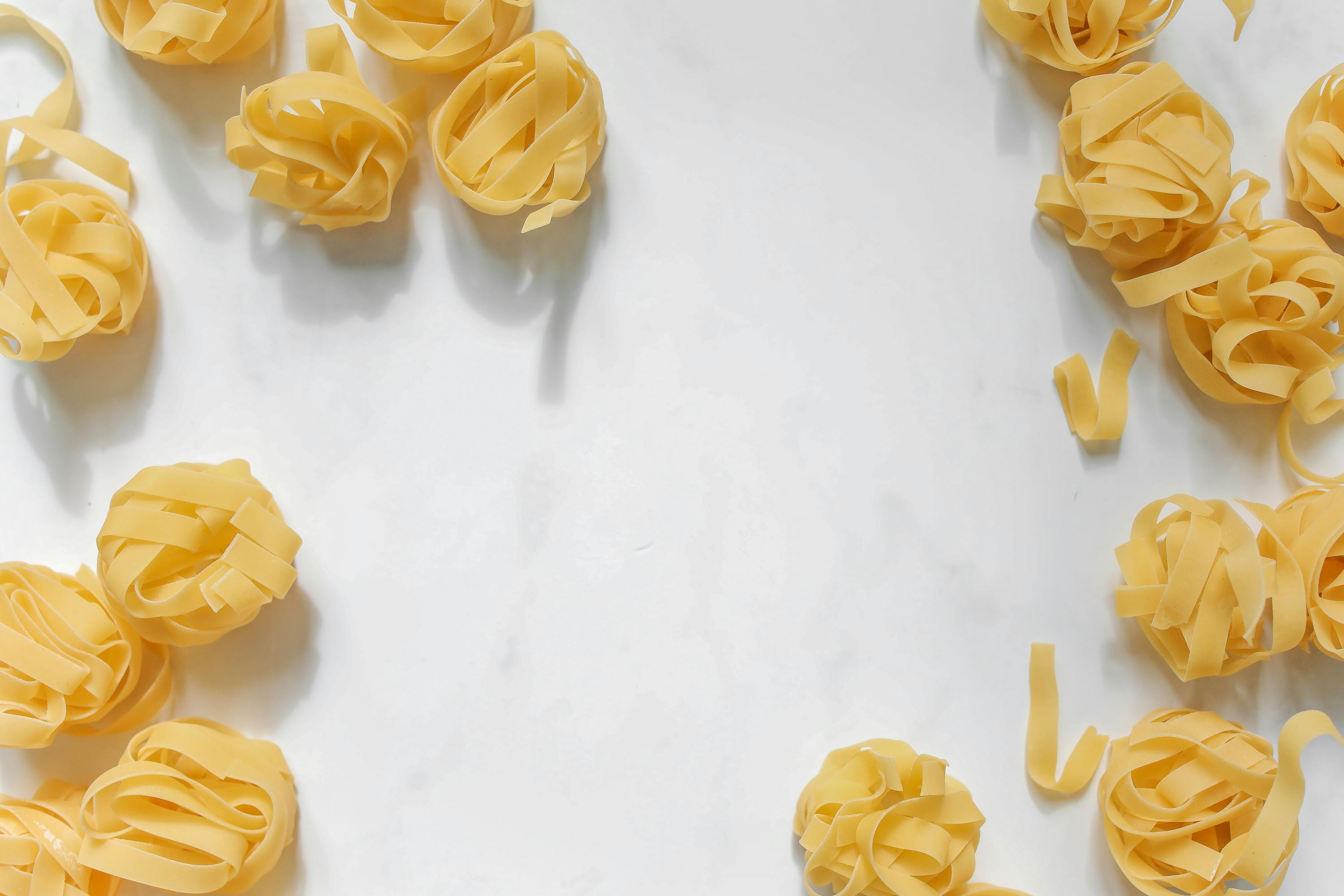
Effective Ways to Optimize Hummingbird Diet in 2025
Hummingbirds are fascinating creatures known for their vibrant plumage and extraordinary flying abilities. An essential aspect of their health and vitality is their diet, which primarily consists of nectar, insects, and other plant-based foods. In 2025, understanding how to optimize the hummingbird diet is crucial for their conservation and wellbeing, particularly as their habitats are affected by climate change and urban development. Feeding these small birds effectively not only supports their nutritional needs but also enhances their feeding patterns and behaviors.
This article will delve into various effective strategies to optimize the hummingbird diet, focusing on nectar sources, feeding frequency, and food availability. We'll explore seasonal dietary changes, the role of artificial feeders, and the importance of diverse food sources. Additionally, we'll touch upon ecological interactions and how these relationships can influence hummingbird nutrition. You will also find practical tips for creating a hummingbird-friendly environment in your garden.
By the end of this article, you will have a clear understanding of how to enhance the dietary intake of hummingbirds and ensure their well-being, especially in a rapidly changing ecosystem.
Understanding Hummingbird Nutritional Requirements
Building on their unique metabolic needs, hummingbirds require a diverse diet that provides adequate energy for their activity levels. The primary component of their diet is nectar, which serves as a significant source of sugar. Hummingbirds have high metabolism rates, necessitating frequent feeding to meet their energy demands. Insects provide essential proteins, minerals, and fats, which are vital for their overall health.
Nectar Composition and Sugar Concentration
Nectar varies in composition depending on the flower types and environmental conditions. Most flowers produce nectar with sugar concentrations between 10% and 30%. Hummingbirds prefer higher sugar content as it provides quick energy, critical for their active lifestyle. Understanding these preferences helps garden enthusiasts select the best flowering plants to attract and nourish hummingbirds.
Insects as Protein Sources
Insects are another crucial aspect of a hummingbird's diet, especially during breeding seasons when protein is essential for chick development. Small insects like aphids, spiders, and fruit flies are not only good protein sources but also help in maintaining the hummingbird's nutritional balance. Ensuring an insect-friendly garden can enhance the dietary offerings for these birds.
Seasonal Diet Variations
Hummingbirds adapt their diets according to seasonal changes. During migration, they increase their sugar intake to build fat reserves necessary for long flights. Knowing the timing and types of seasonal blooms can help garden enthusiasts plan their flower selections to provide continuous food sources throughout the year. Additionally, incorporating native plants can ensure a natural feeding ground that supports local hummingbird species.
Artificial Feeders and Their Importance
As the availability of natural nectar sources fluctuates, artificial feeders become vital for supporting hummingbird populations. Properly managed feeders can attract these birds and provide them with the necessary nourishment. Understanding how to prepare sugar water and maintain feeders effectively is critical to maximizing their benefits.
Feeder Maintenance and Syrup Preparation
Regular maintenance of feeders is crucial to prevent the growth of mold and fermentation. The ratio of sugar to water for creating an artificial nectar solution should be 1 part sugar to 4 parts water, replicating the natural sugar concentration found in many flower nectars. Cleaning feeders every few days during peak feeding times helps maintain hygiene and ensures a consistent food supply.
Positioning and Accessibility of Feeders
When installing feeders, consider their positioning to maximize visibility and accessibility for hummingbirds. Brightly colored feeders are often more attractive to these birds due to their natural attraction to vibrant colors, particularly red and orange. Placing feeders near natural environments can also help in attracting a variety of species.
Feeding Frequency and Behavioral Patterns
Hummingbirds feed multiple times throughout the day, usually every 15 to 20 minutes. Understanding their feeding frequency helps in timing their visits and can enhance the chances of observing them in action. By observing their behavior, one can learn about their territorial habits, which can inform strategies for feeder placement and maintenance.
The Role of Plant Selection in Hummingbird Nutrition
Connected to their feeding habits, plant selection plays a vital role in providing nutritional resources for hummingbirds. Choosing the right flowers not only attracts these birds but also maintains a healthy ecosystem.
Flower Types and Availability
Hummingbirds are attracted to tubular-shaped flowers that allow easy access to nectar. It's important to select plants that bloom at different times throughout the year, ensuring a continuous food supply. For example, cardinal flowers, salvia, and bee balm are fully compatible choices that also thrive in various conditions. Having a mix of annuals and perennials enhances food availability and encourages frequent visits.
Floral Diversity and Ecosystem Relationships
A diverse garden increases the chances of attracting a variety of hummingbird species. Different species have unique feeding preferences, and providing various plants can cater to these dietary needs. Moreover, a diverse ecosystem promotes pollination, benefiting both plants and birds, highlighting their mutualistic relationships.
Competing for Food and Habitat Preferences
Competition for food sources can affect hummingbird populations, particularly in urban gardens. Understanding the dynamics of food availability and optimizing garden conditions can reduce competition. Providing multiple feeding sites and using feeders can help reduce territorial disputes, ensuring that more birds can access the food they need.
Addressing Potential Challenges in Hummingbird Diet
While optimizing their diet is crucial, it's essential to recognize and address potential challenges. Keeping hummingbirds healthy and nourished requires attention to various factors affecting their diet.
Hydration and Dehydration Issues
Hydration is critical for hummingbirds, especially in urban settings where natural water sources may be limited. Providing a water feature in the garden can help meet these needs. During hot weather, ensure feeders are filled and easy to access to prevent dehydration issues.
Environmental Changes and Their Impact
Climate change has far-reaching impacts on flower blooming patterns and food availability, significantly affecting hummingbird diets. Understanding these changes and adjusting garden practices can provide crucial support. For instance, selecting climate-appropriate plants can better align with the expected flowering seasons.
Health Considerations and Chemical Effects
Use eco-friendly gardening practices to avoid pesticide effects on hummingbirds. Avoid introducing harmful chemicals that can disrupt their diets and overall health. Instead, focus on natural pest control methods that support both plant health and hummingbird nutrition. Healthy gardens contribute to successful feeding dynamics, promoting vibrant bird populations.
Conclusion: Ensuring a Flourishing Hummingbird Diet
Optimizing the hummingbird diet in 2025 involves a blend of understanding their nutritional needs, providing diverse and accessible food sources, and being mindful of environmental impacts. By employing effective strategies such as utilizing artificial feeders, selecting the right plants, and maintaining appropriate feeders, garden owners can significantly contribute to the health and vitality of these remarkable birds.
Their survival is closely linked to our actions, and fostering a hummingbird-friendly environment not only supports their dietary needs but also enriches our gardens and ecosystems.
 example.com/image2.png
example.com/image2.png
 example.com/image3.png
example.com/image3.png